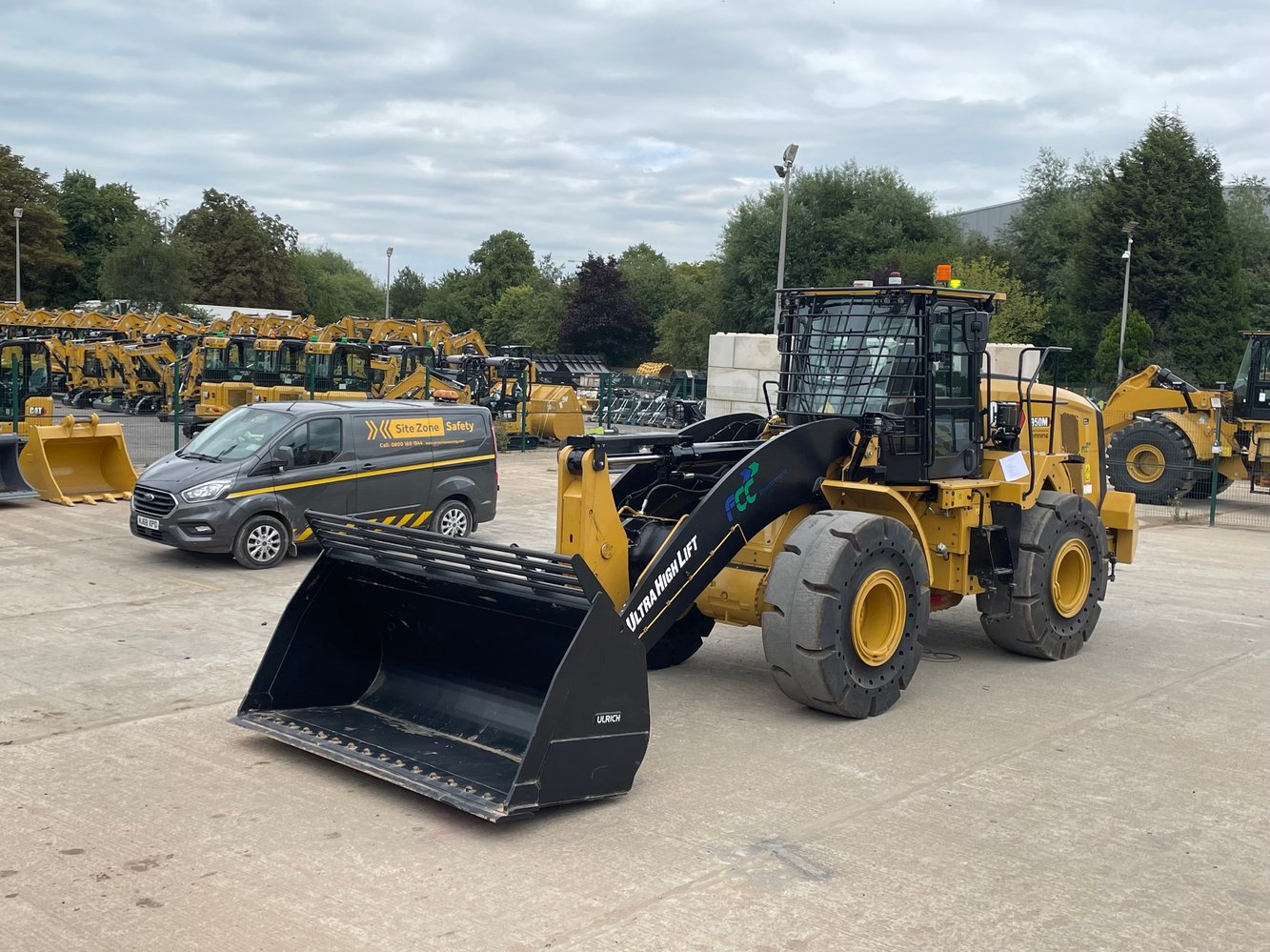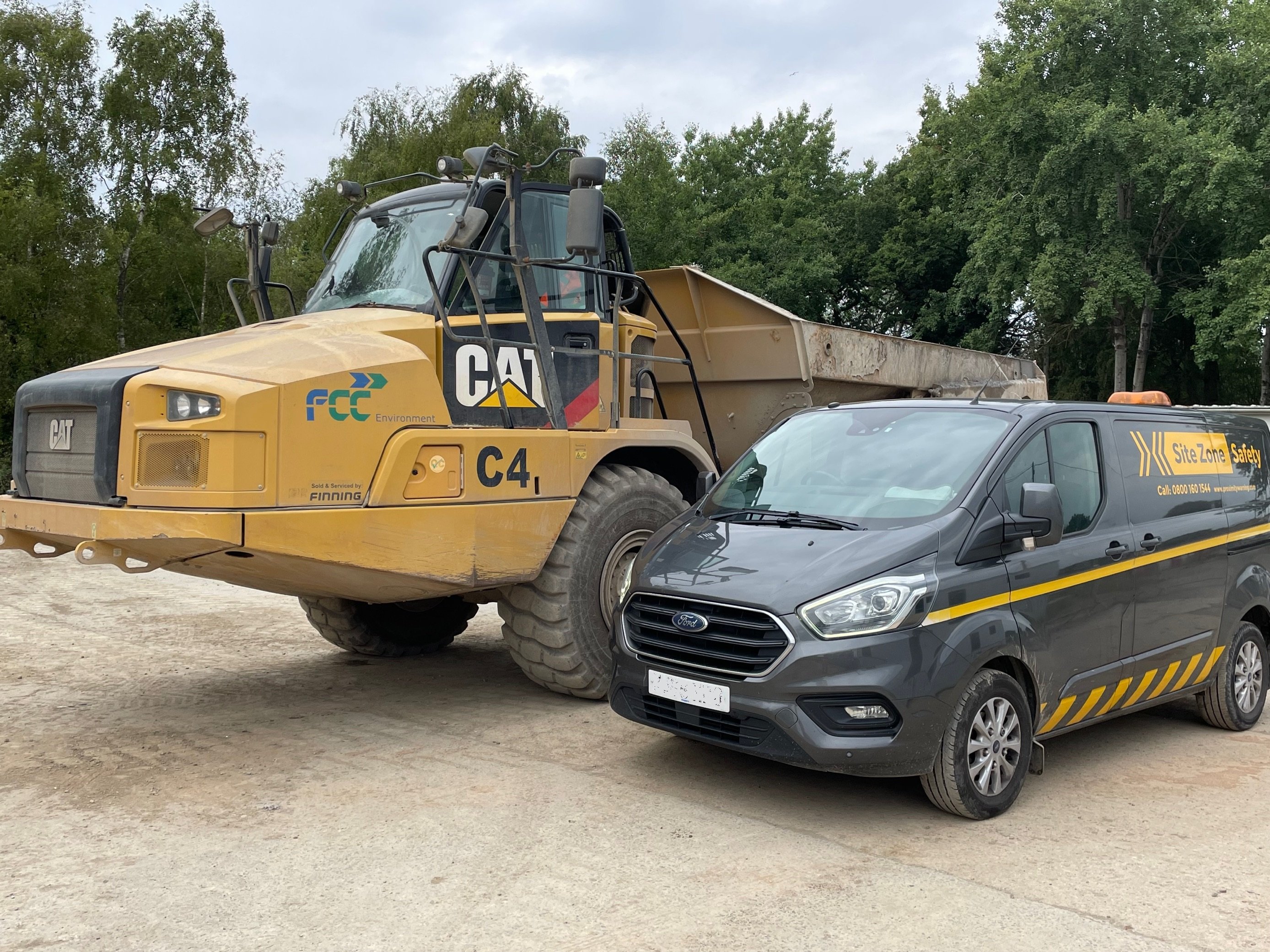The Cambridge dictionary defines a partnership as: an agreement between organizations, people, etc. to work together.
It’s a word that's often used, but when it comes to FCC Environment, one of the UK’s leading waste and resource management companies, and SiteZone Safety, specialists in managing plant to pedestrian collision risks, it truly is a partnership.
Paul Stokes, Head of Safety, Health, Environment, & Quality (SHEQ) at FCC Environment, comments,
"We first started working with SiteZone in 2012. We were looking for an additional layer of protection for our plant to help with blind spots and managing the risk of collisions between people and moving plant. After meeting with Gary, SiteZone founder and Managing Director, at a show and seeing what SiteZone could do, we moved to a full trial at our Bletchley site."
The trial ran for 1-2 months and SiteZone provided FCC Environment with a detailed report to show that there were several incidents of staff getting too close to moving plant. The proximity warning system from SiteZone gave FCC Environment the evidence they needed to see what was happening on the ground. After a successful trial, a full rollout happened, starting with their busier sites that have more traffic movement.
Today SiteZone is installed on 217 FCC machines across 74 sites with 2843 tags in use. Vehicles generally do not start operating on-site without SiteZone installed, often fitted at the manufacturer prior to the machine being delivered to site.

Paul went on to say,
"When we implemented the SiteZone system it was well received. As with any new working practice it took a while to embed but it's now very much a part of the FCC makeup. It's amazing how quickly complacency can creep in with people, so using an extra control mechanism not only helps keep people safe, but also reminds them of the serious danger of getting too close to machinery."
Over the years SiteZone has developed products together with FCC Environment. Gary Escott, Founder and Managing Director at SiteZone, adds,
"Paul Stokes will come to us with a challenge or issue they’re facing, and we'll work together to help solve it. For example, BucketZone, a hard-wearing antenna for creating an additional zone around the bucket of the machine, was developed in 2014 as a result of the FCC implementation. As was vehicle masking. Oncoming drivers are issued with a tag but also a vehicle mask. This stops the driver being detected when they are in their vehicle, but as soon as they step out, they'll be detected by their tag if they get too close to moving machinery. This year [2023] we developed a system for a compactor that the HSE had identified potential risks. Within 6 weeks of the initial enquiry from FCC, we had designed and installed two systems to both the satisfaction of FCC and the HSE.”
Never standing still and never compromising on safety, more recently FCC Environment has been focusing on the data at select sites to see how they can make further improvements.
Paul enthused:
"Each week the site will look at the previous week’s data and take action to see how they can make positive interventions and improve. This helps to stop complacency creeping in and prove the impact of any changes/initiatives that have been implemented. Over a 5 month period at FCC Smallmead, they saw an 83% improvement in unacknowledged zone breaches. Taking them from 1204 during a week in January to 198 during a week in May. This is an outstanding achievement and proves the success of regular focus on plant pedestrian safety.”
Gary concluded,
“It’s a two way relationship with FCC Environment. We service their products and provide a maximum 3-day turnaround to faults. We supply data and an extra level of protection in mitigating the risks of plant pedestrian collisions. But they support us in product development, often being our test sites for new products.”
After 10 years and 0 incidents, this is what a successful partnership looks like.

